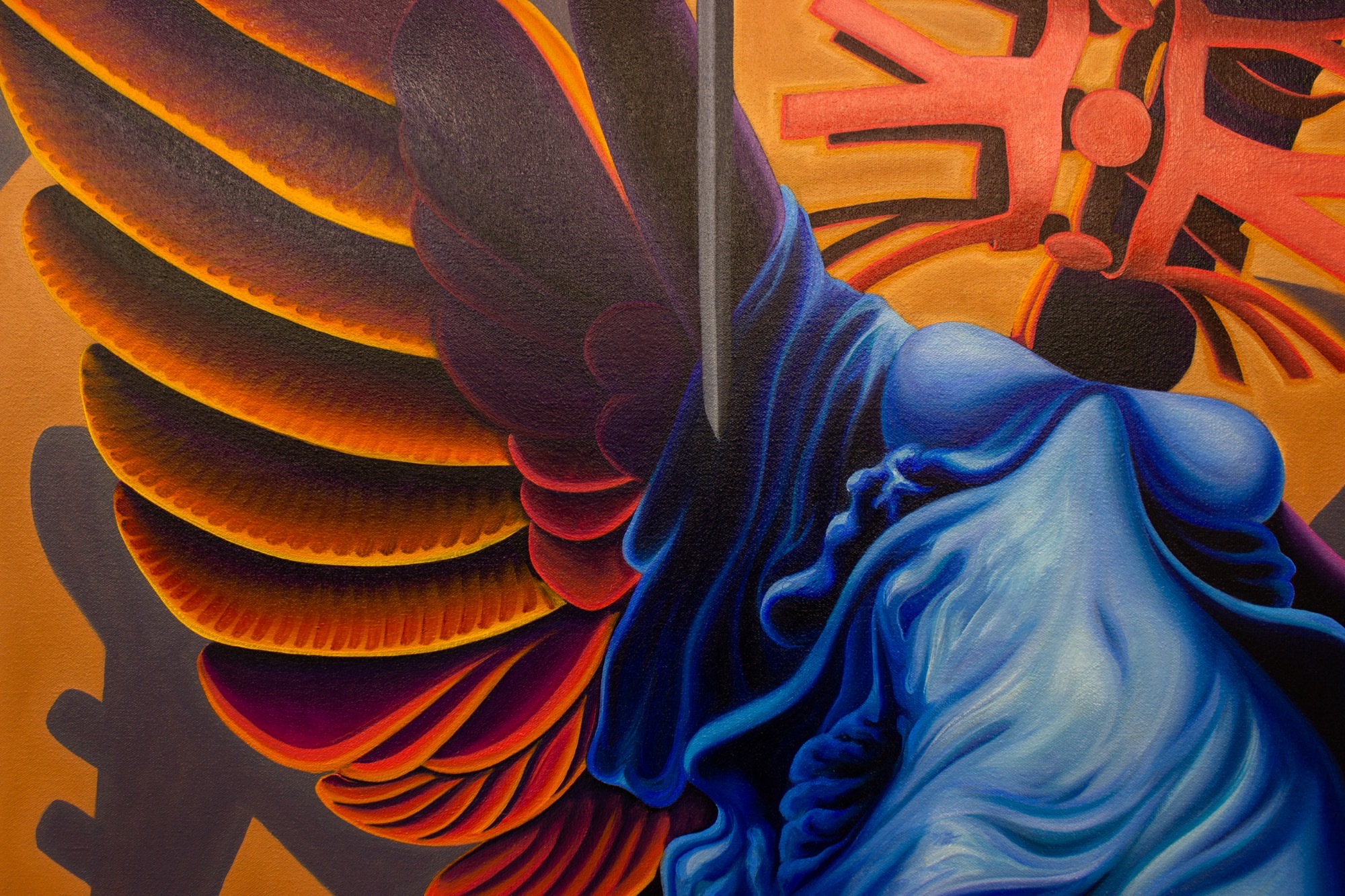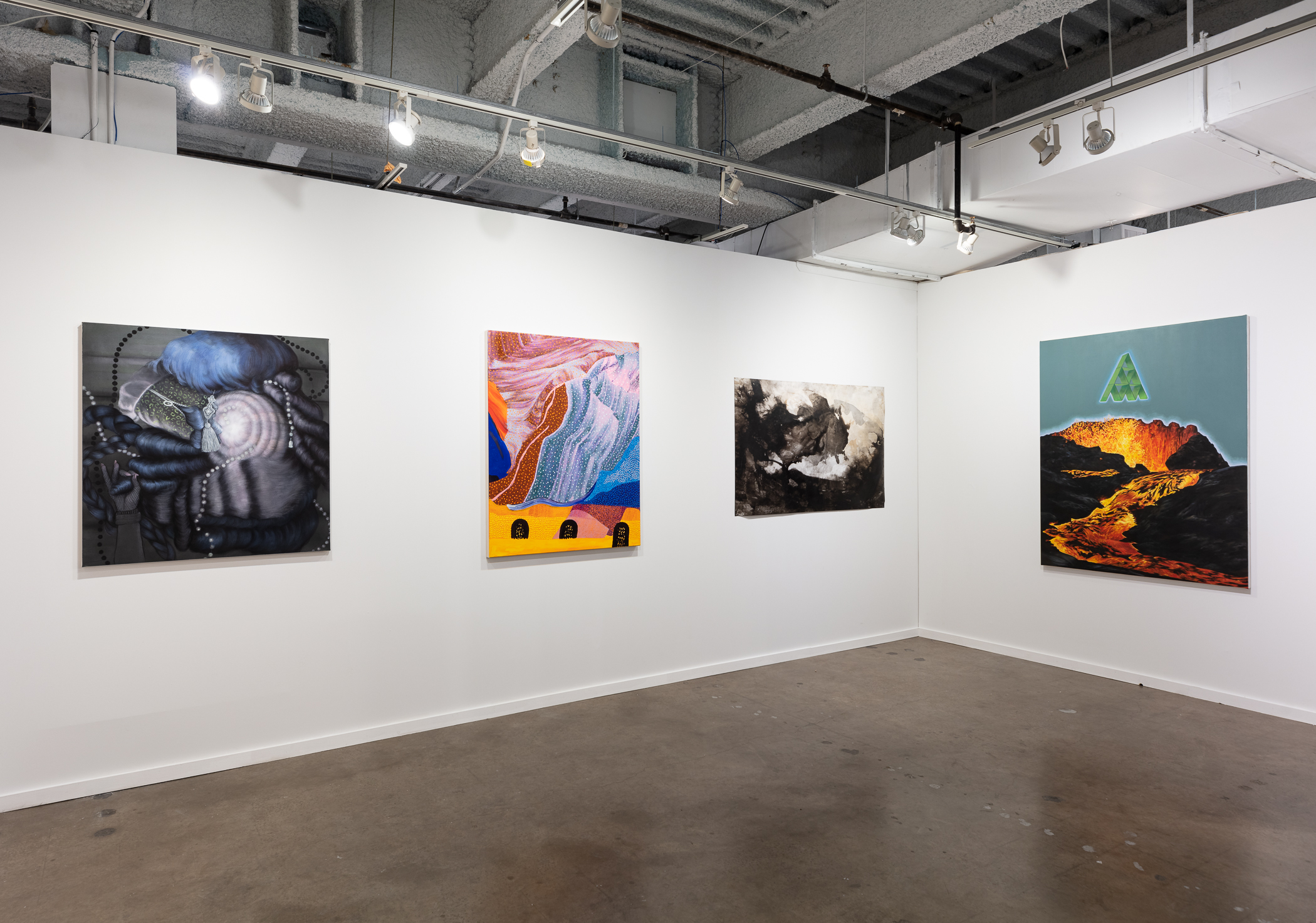JDJ is thrilled to participate in Dallas Art Fair 2022.
Exhibited artists include Barrow Parke, Heather Guertin, Athena LaTocha, Lucia Love, Sharon Madanes, Samantha Rosenwald, Bea Scaccia, and Susan Weil.
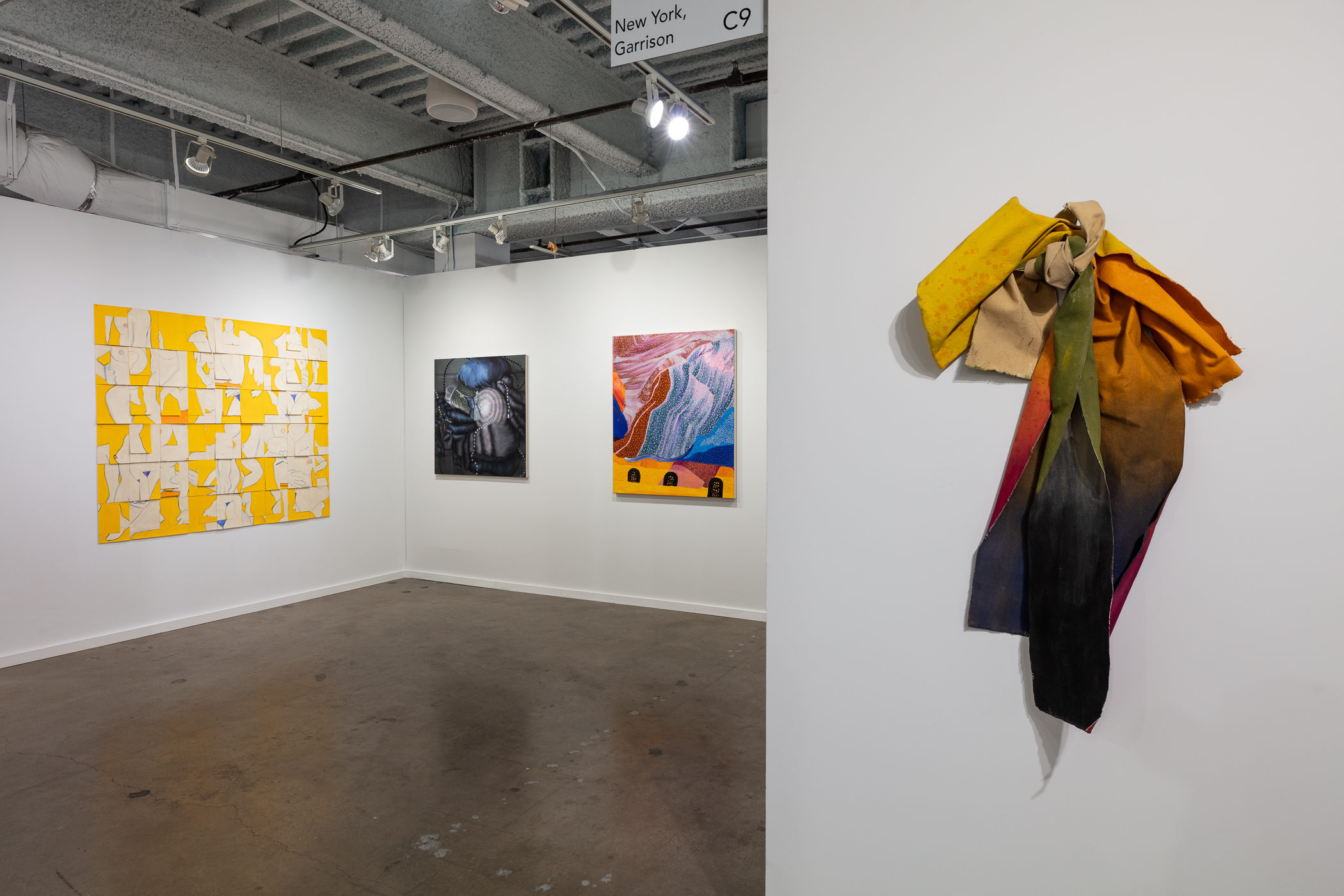
Installation View, Dallas Art Fair 2022, Booth C9
Mark Barrow & Sarah Parke's collaborative art practice focuses on the process of weaving and its relationship to visual systems.
They are known for their intricate paintings on hand-woven and embroidered linen that operate at the intersection of craft, technology, and contemporary art. The painted surfaces interact with the color, texture and pattern woven into the fabric.

Mark Barrow & Sarah Parke
12.7-4.21, 2016
Acrylic on Hand-Loomed Linen
19 x 17 in
Heather Guertin's abstract paintings are grounded in observation and the sensibility that a deeply imaginative expression lies latent within it.
Her latest paintings begin with a series of collages she creates from the pages of scientific journals and magazines. Guertin uses them as a guide, translating the colors, textures, and forms from these images found in the natural world into a pictorial language that she develops to ecstatic and exuberant effect.
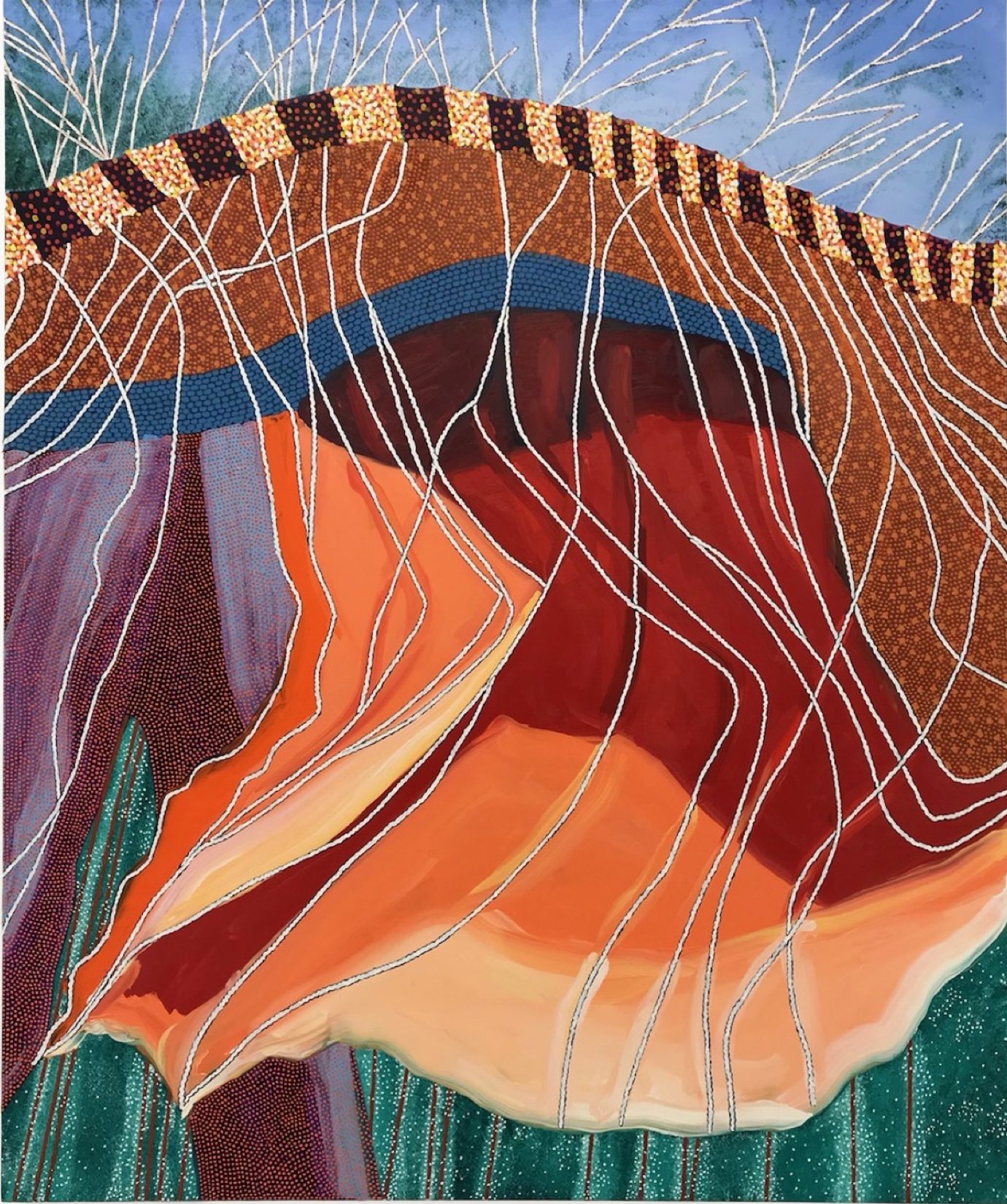
Heather Guertin
New Shell, 2022
Oil on canvas
48 x 40 in
Athena LaTocha explores the relationship between natural landscapes and human-made environments, and is inspired by her Native American heritage as well as earthworks artists from the 1960s.
Her works are made on sturdy, resin-coated photographic paper, on which she repeatedly pours and spreads pools of ink as well as heaps of soil and materials that she lets settle and pervade the surface, then scrapes and sweeps them away. She often uses tire shreds and other improvised tools, such as tree roots, to move substances across the paper. The resulting works present as stormy, earth-toned abstractions, but they are deeply site-responsive, often incorporating materials or impressions directly from the landscape that informs them.
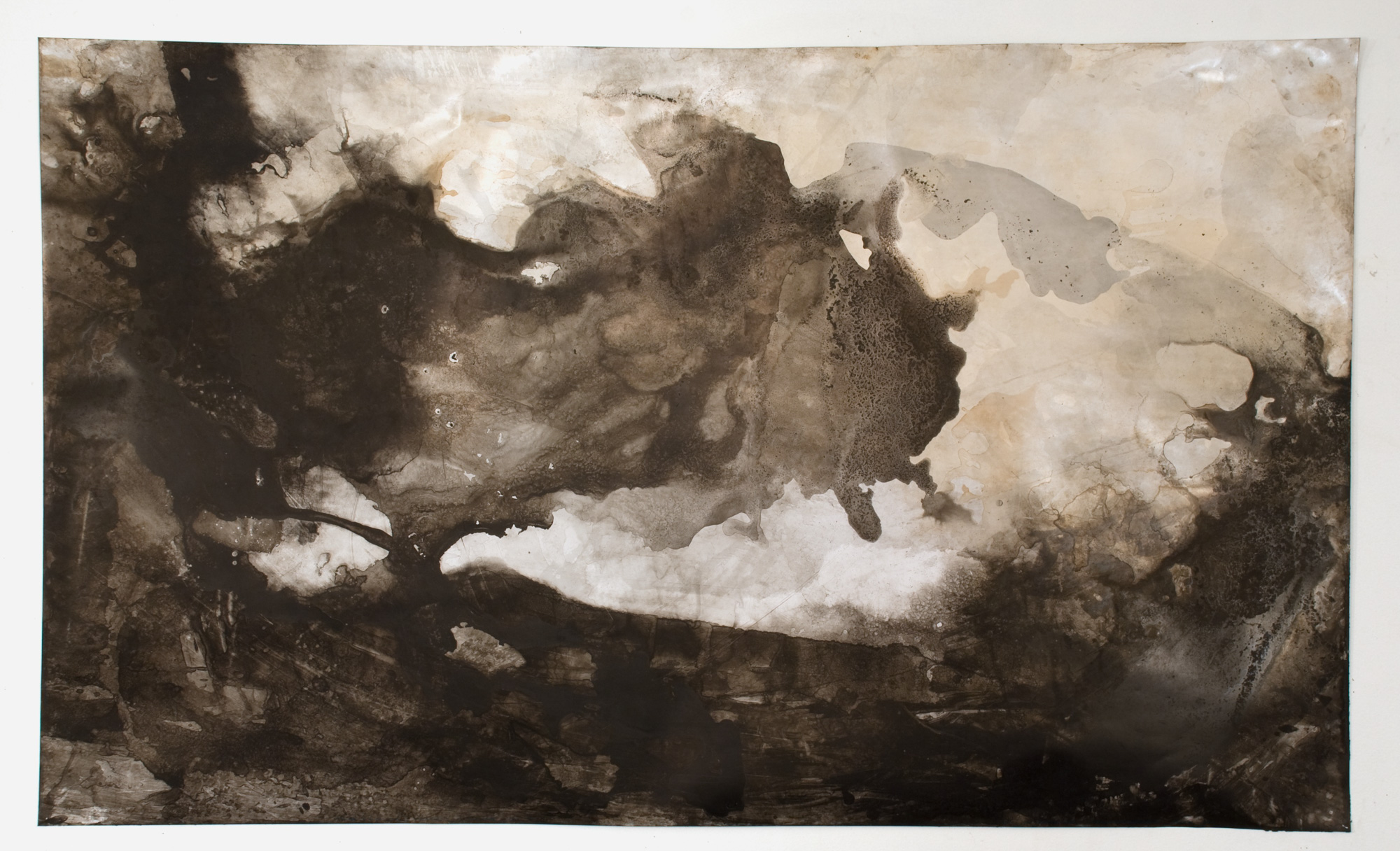
Athena LaTocha
Untitled No. 2, 2016
Sumi and walnut ink on paper
36 x 60 in
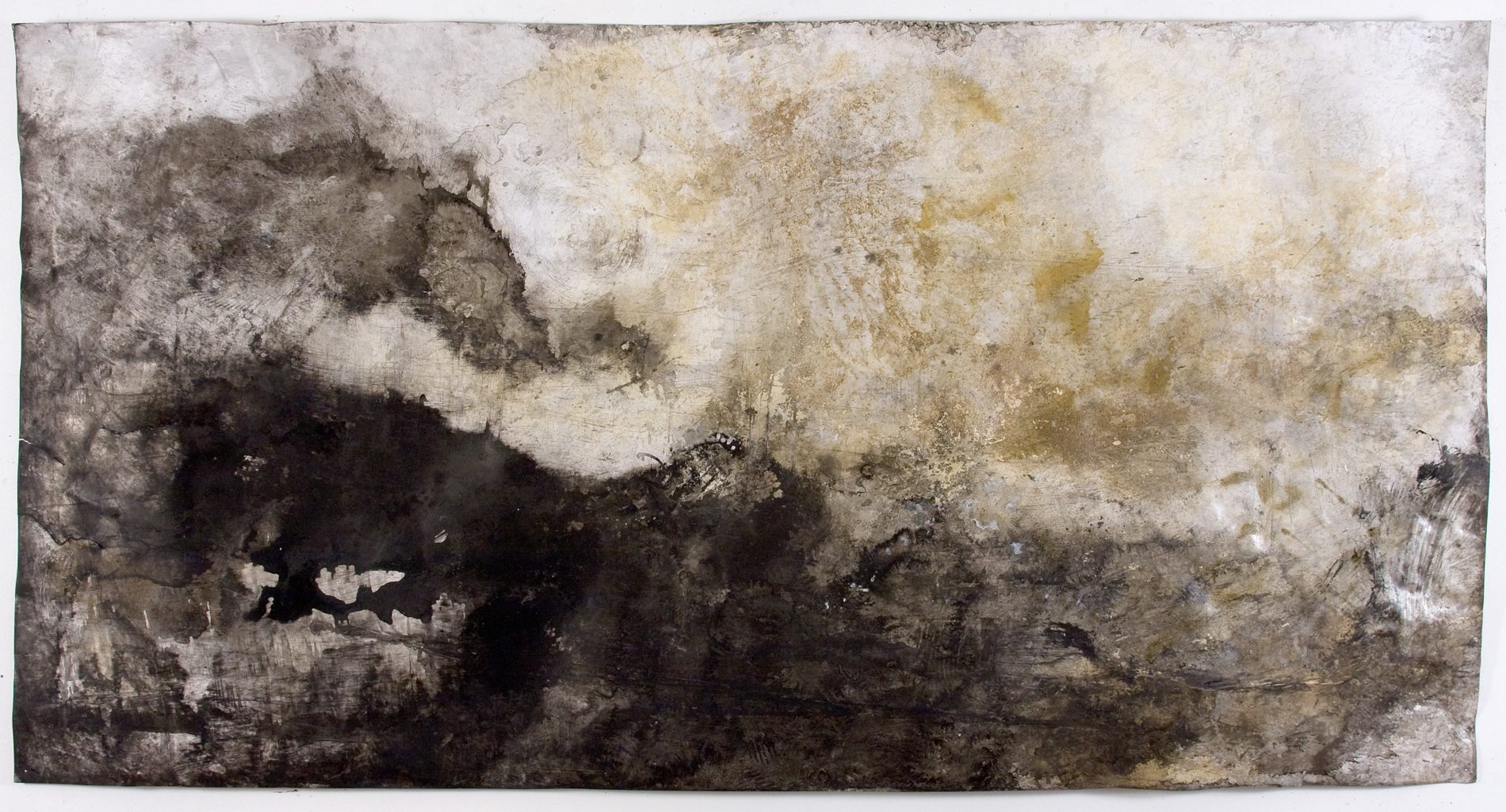
Untitled (High Desert 2), 2017
Sumi and walnut ink and chamisa fibers on paper
44 x 83 in
Lucia Love’s conceptual paintings are loaded with references to history, mythology, politics, and the dynamics of power.
Their practice, which can be thought of as a new approach to historical painting, often begins with an examination of a particular moment of political conflict, and from there, they extrapolates a world in which alternative futures can be imagined. For example, the painting House on the Hill is a powerful meditation on climate change and migration, and Excelsior is an allegory that examines how the technologies developed for war are often repurposed into industries related to leisure. Love circumvents the idea of creating a unified painting style with their distinctive combination of figuration, surrealism and abstraction.
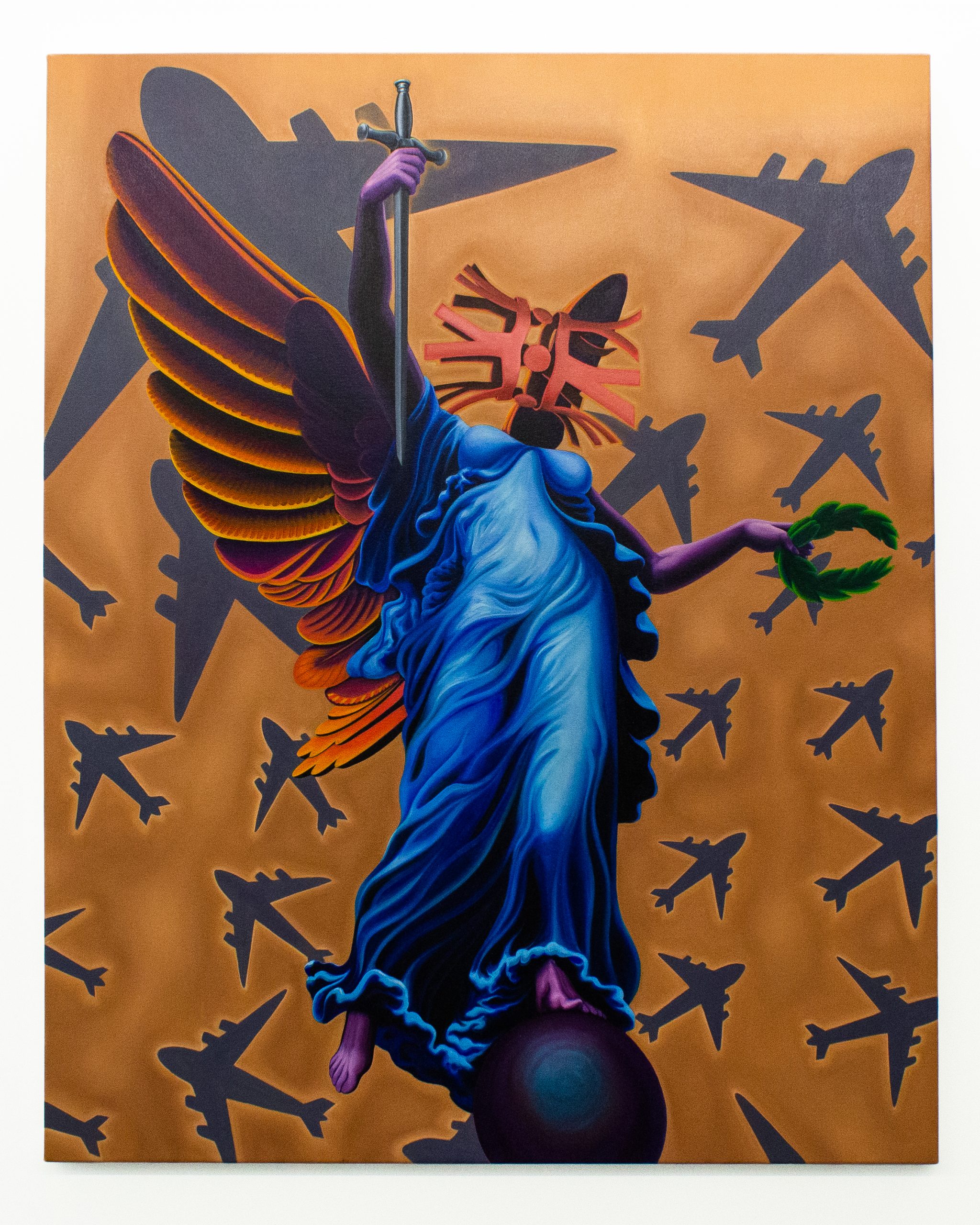
Lucia Love
Excelsior, 2021
Oil on canvas
60 x 48 in
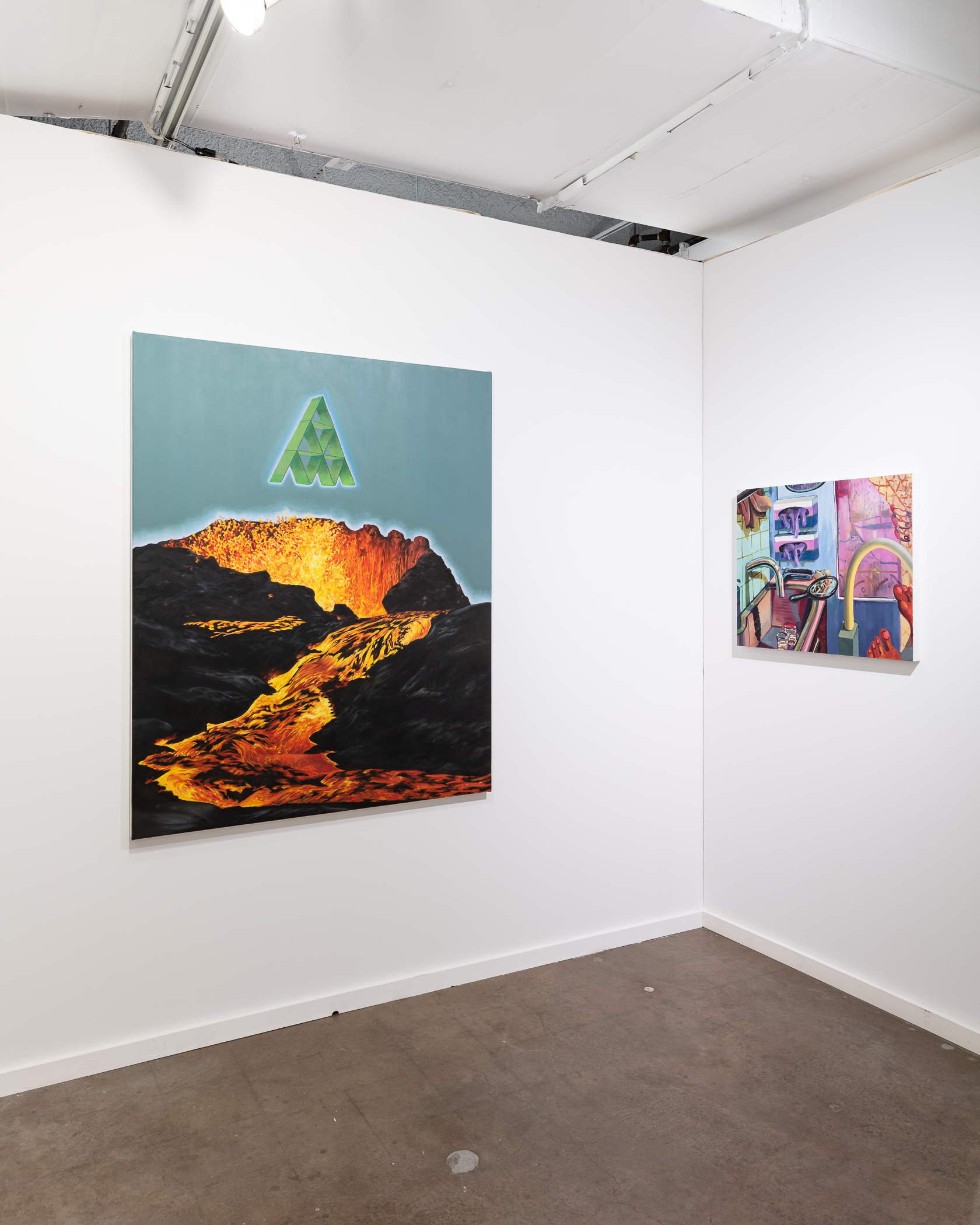
Installation View, Dallas Art Fair 2022, Booth C9
Sharon Madanes transforms banalities of hospital and medical settings into bold, highly saturated scenes.
Her paintings are often meditations on experiences she draws from her everyday life, since Madanes is a full-time doctor in addition to being an artist. Madanes’ paintings formally reflect many of her experiences in the care-giving industry: within her paintings and within her medical practice, Madanes encounters the body with a sense of fragmentation, treating a specific part or ailment without being able to focus on the whole. Her fascination with what's been omitted or left out leads her often to focus on states of transition or indeterminate space within her paintings.
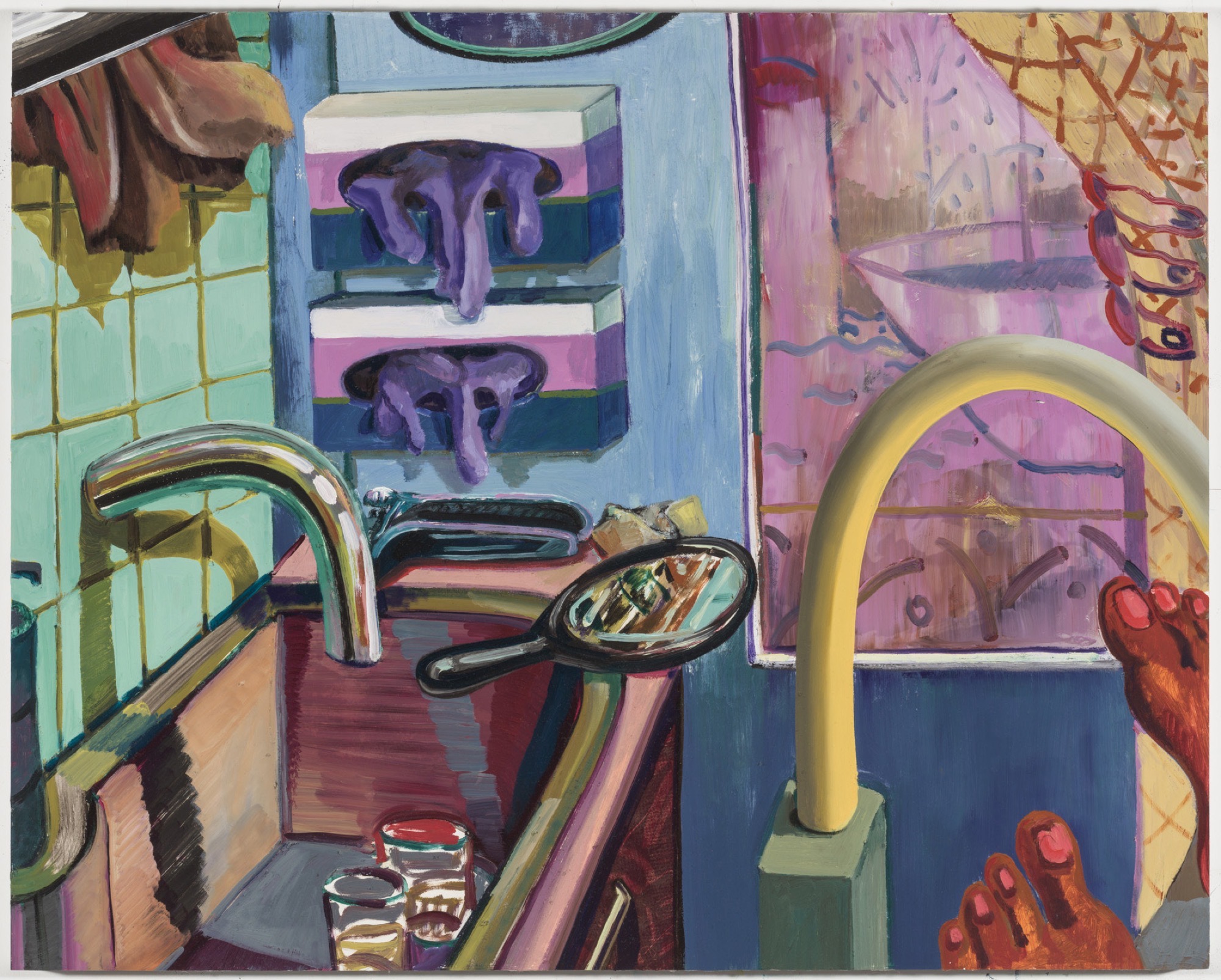
Sharon Madanes
Double Glove, 2019
Acrylic on canvas
24 x 32 in

Sharon Madanes
Portrait, 2018
Oil on linen
28 x 25 in
Samantha Rosenwald’s highly detailed, darkly humorous works speak to commodification, complexities of identity and the volatility of the female experience.
Rosenwald’s medium of choice for the past several years, colored pencils bring a low-brow sensibility to the traditions of artwork on canvas, but their effect also results in highly textured, unexpectedly tactile surfaces.
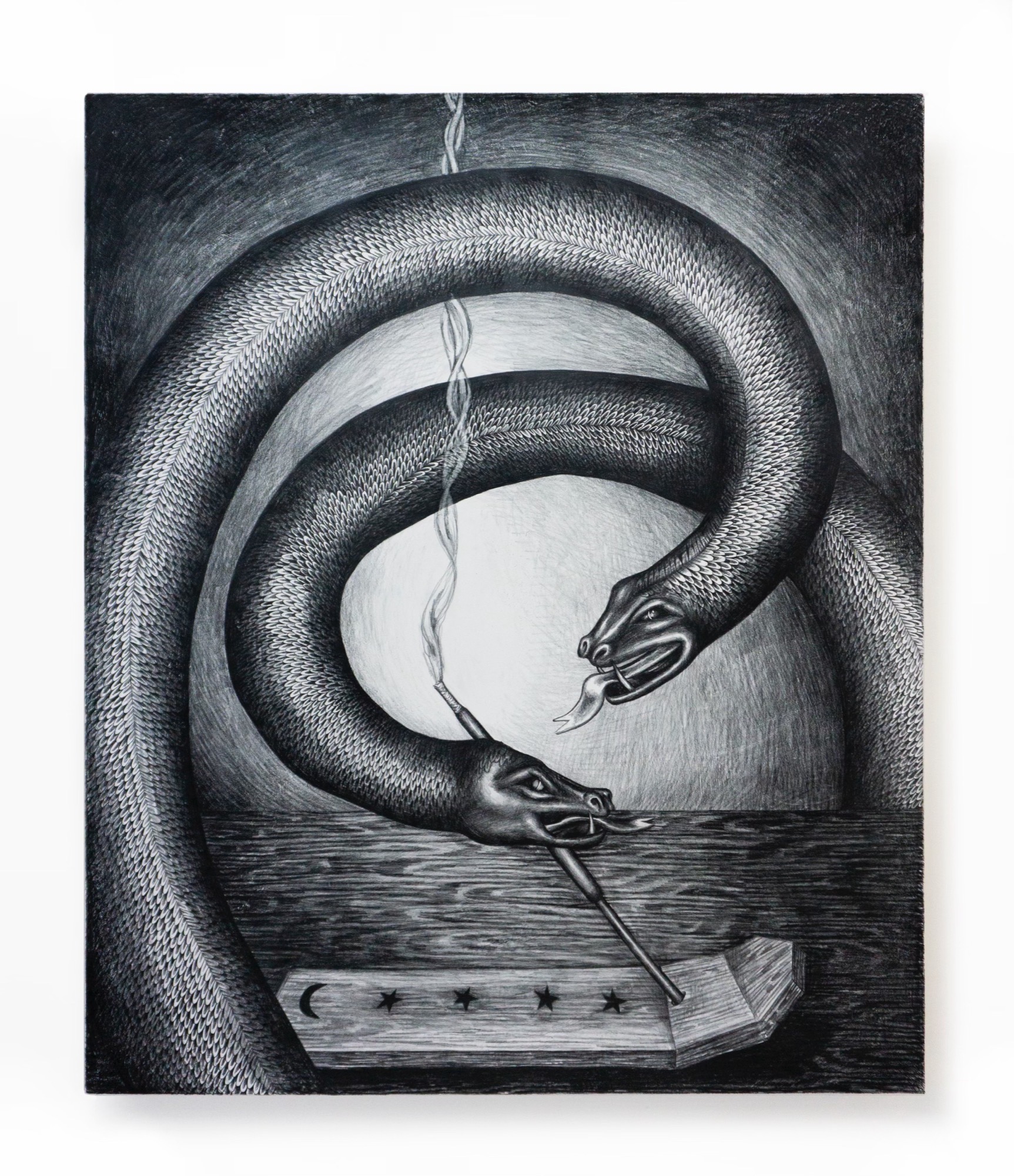
Samantha Rosenwald
Demon Ceremony, 2021
Colored pencil on canvas
36 x 30 in
Bea Scaccia creates characters and visual archetypes as a means to understand herself and others.
In this new painting created for Dallas Art Fair, her character disappears entirely, as it is engulfed by its finery: hair, jewels, lace, tassels, fur, ribbons and crystals are piled on top of each other to points of absurdity until they appear as creature-like monstrosities. These objects evoke a sense of laborious costume and style that is linked to traditional and stereotypical notions of feminine beauty, and take inspiration from her upbringing in a small town in southern Italy, where traditional gender roles are paramount, as well as from the genre of magical realism in all of its forms, from visual art, to cinema, literature, and commedia dell’arte.
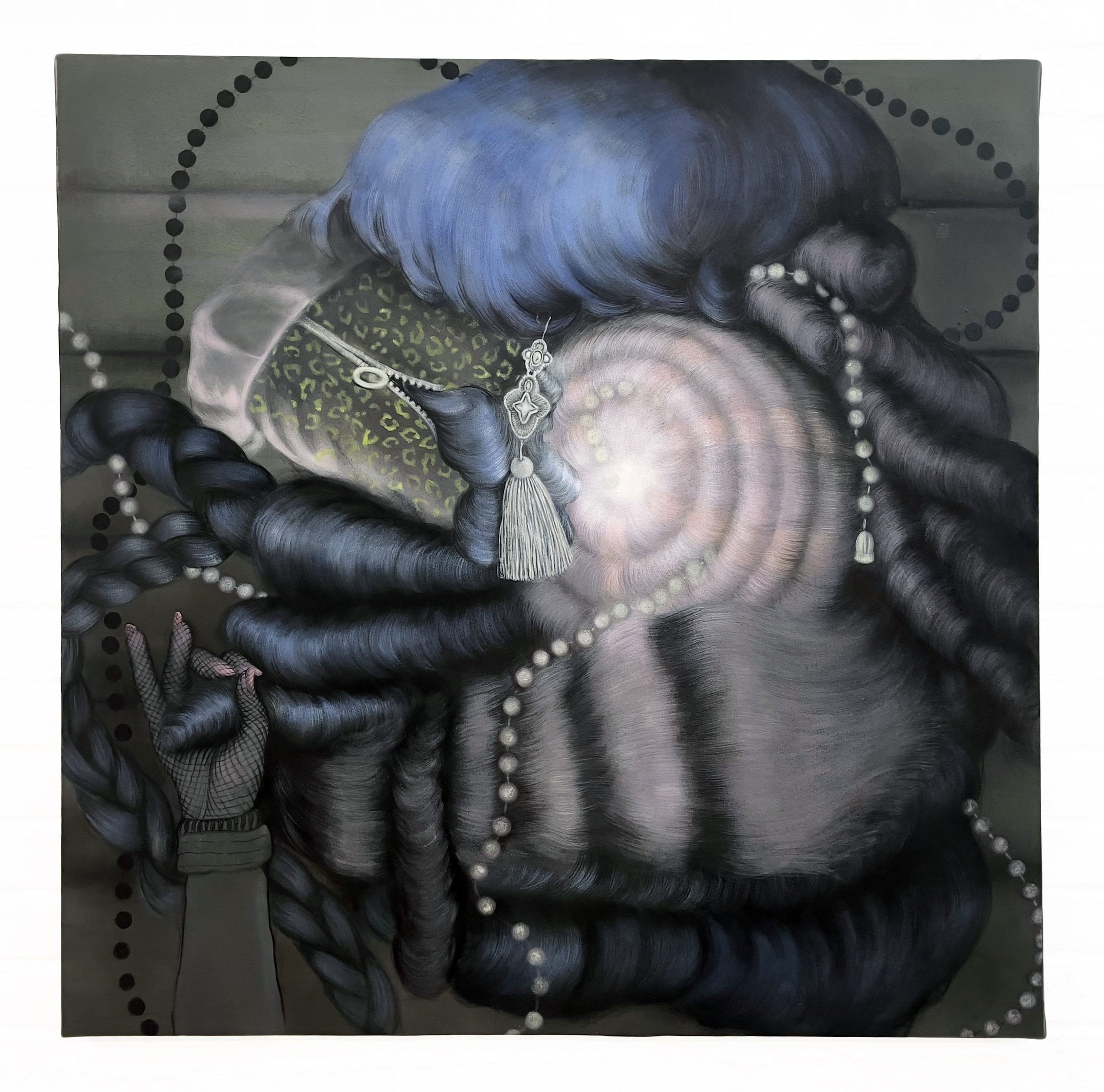
Bea Scaccia
Velvet Dare, 2022
Acrylic on canvas
40 x 40 in
In a career spanning more than sixty years, Susan Weil has forged a singular path. Fascinated by sequential moments in time, Weil sets images in motion in unconventional ways.
She deconstructs the picture plane, coaxing representational imagery into abstraction. She draws inspiration from nature, literature, photography, and her personal history. Ampersand, 1985, is part of her series of paintings called the Soft Folds, which she began in the early 1980s. The intricacies of drapery found in this work are reminiscent of a body as expressed through clothing, like the folds found in the robes of Renaissance paintings, which Weil considers an influence for this piece.
Weil came of age as an artist in the postwar period studying under Josef Albers at Black Mountain College with Willem & Elaine de Kooning, Jasper Johns, Robert Rauschenberg & Cy Twombly. Her fantastic sensibility with regard to the use of color can be seen in Yellow Configuration, 1999, part of a series of paintings on paper that express the movement of the body. This work articulates a dynamic sense of fractured movement reminiscent of the 19th century photographer Edwaerd Muybridge, who is a touchpoint in her practice. A work from this series was acquired by the Dallas Museum of Art in 2021.

Susan Weil
Ampersand, 1985
Acrylic on canvas 42 1/2 x 22 1/2 in
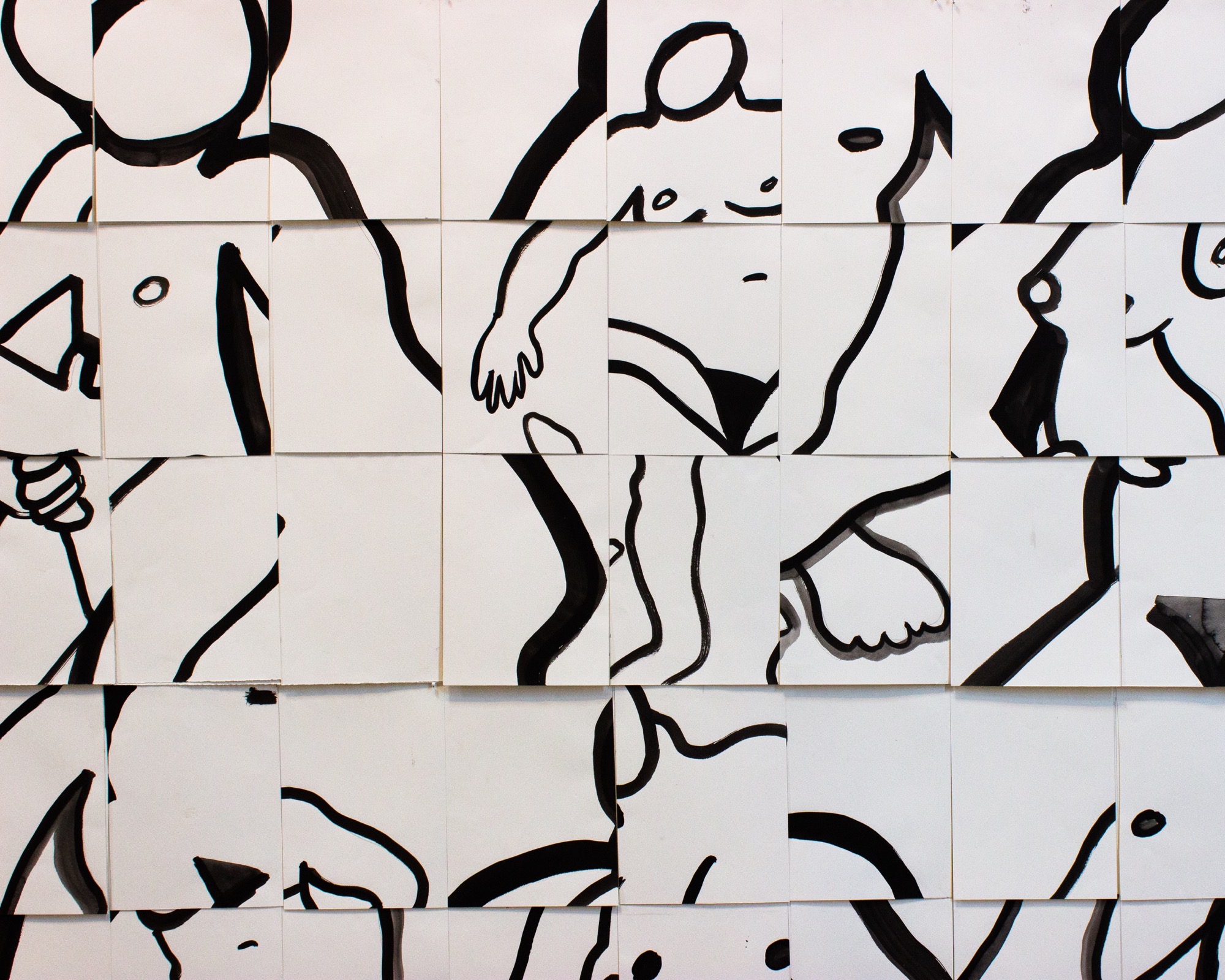
Susan Weil
Black and White Configuration, 1999
Acrylic on paper
60 x 66 in
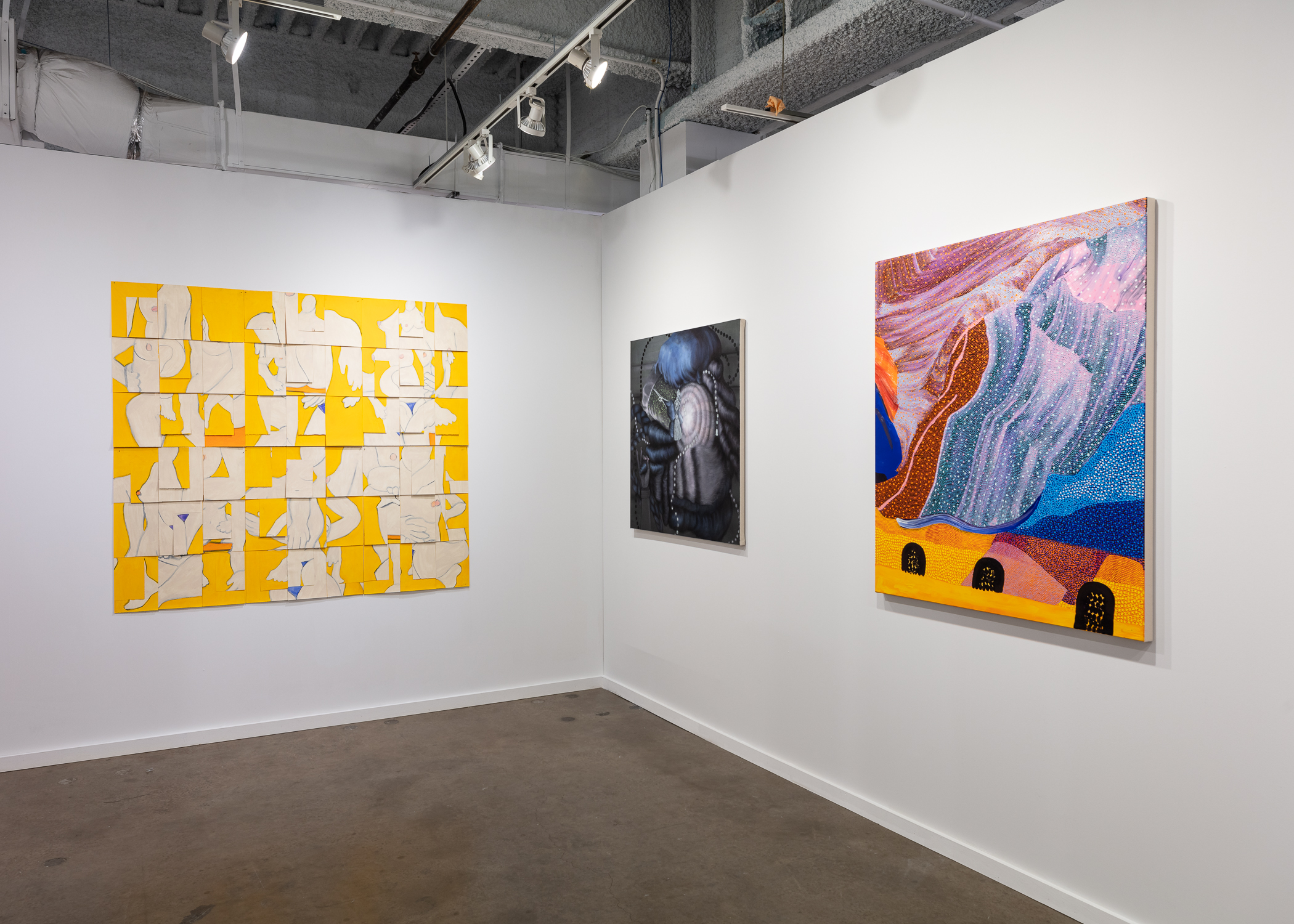
Installation View, Dallas Art Fair 2022, Booth C9






